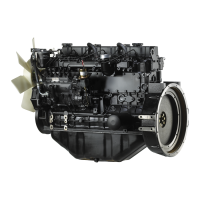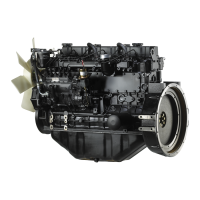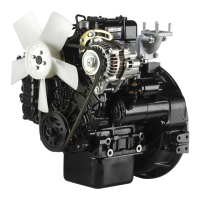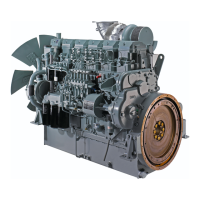Chapter 4 Characteristics
4–2
4-1 Magnetic brake characteristics
CAUTION
1. The axis will not be mechanically held even when the dynamic brakes are
used. If the machine could drop when the power fails, use a servomotor with
magnetic brakes or provide an external brake mechanism as holding means
to prevent dropping.
2. The magnetic brakes are used for holding, and must not be used for normal
braking. There may be cases when holding is not possible due to the life or
machine structure (when ball screw and servomotor are coupled with a timing
belt, etc.). Provide a stop device on the machine side to ensure safety.
3. When operating the brakes, always turn the servo OFF (or ready OFF).
When releasing the brakes, always confirm that the servo is ON first.
Sequence control allowing for this condition is possible by using the
amplifier's motor brake control signal (Vx: CN20 connector, SVJ2: CN3
connector MBR output). (Vx: MDS-B-V1/V2/V14/V24)
4-1-1 Motor with magnetic brakes
(1) Types
The motor with magnetic brakes is set for each motor. The "B" following the standard motor type
indicates the motor with brakes.
(2) Applications
When this type of motor is used for the vertical feed axis in a machining center, etc., slipping and
dropping of the spindle head can be prevented even when the hydraulic balancer's hydraulic
pressure reaches zero when the power turns OFF. When used with a robot, deviation of the posture
when the power is turned OFF can be prevented.
When used for the feed axis of a grinding machine, a double safety measures is formed with the
deceleration stop (dynamic brake stop), and the risks of colliding with the grinding stone and
scattering can be prevented.
This motor cannot be used for purposes other than holding and braking during a power failure
(emergency stop). (This cannot be used for normal deceleration, etc.)
(3) Features
1) The magnetic brakes use a DC excitation method, thus:
• The brake mechanism is simple and the reliability is high.
• There is no need to change the brake tap between 50 Hz and 60 Hz.
• There is no rush current when the excitation occurs, and shock does not occur.
• The brake section is not larger than the motor section.
2) The magnetic brakes are built into the motor, and the installation dimensions (flange size) are
the same as the motor without brakes.

